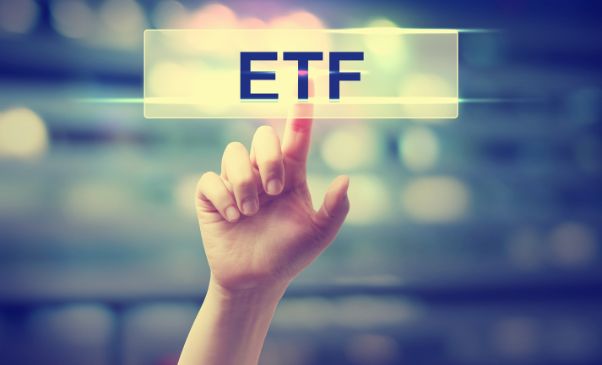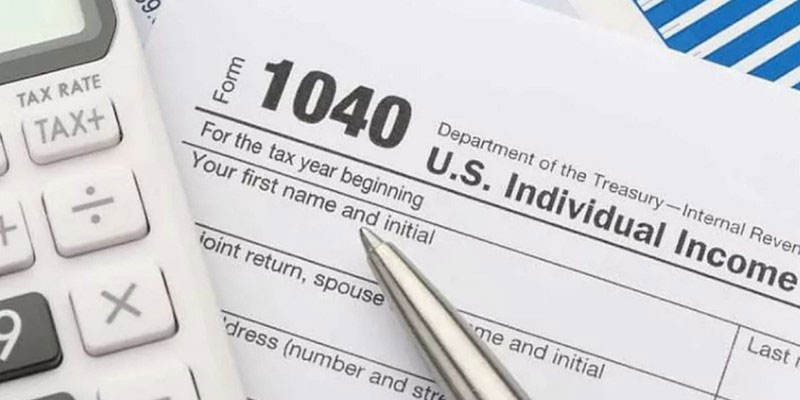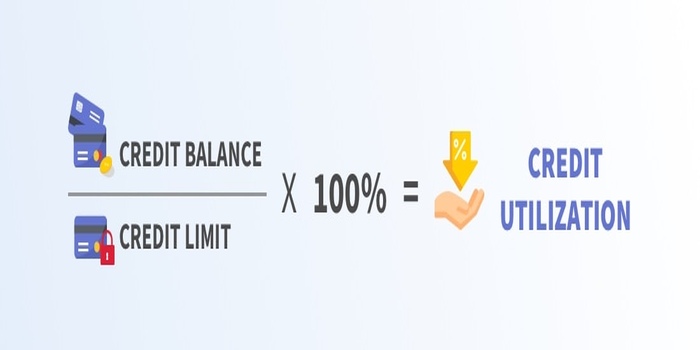Exchange-Trade Notes, or ETNs for short, are a type of financial contract that tracks the price of an underlying asset. While they're not exactly stocks, they still offer you a chance at some growth potential with their option to go up or down in price. This article overviews ETNs and how you can use them to your advantage!
What are Exchange-Trade Notes?
Exchange-traded notes are a type of security that offer investors the benefits of both stocks and bonds. ETNs are a bridge between traditional fiat currencies (dollars, euros, yen) and cryptocurrencies (bitcoin, Ethereum). They give investors a chance for significant profits with less volatility and inflation protection.
How to buy and trade ETNs?
ETNs can be bought and traded on major exchanges, including Binance, Bitfinex, and Kraken. To purchase an ETN, you must first locate a broker who sells them. After deciding on a broker, you must open an account and fund it with money. After depositing funds, you must purchase an ETN from the broker. You can then trade the ETN on major exchanges.
Why would someone utilize an ETN?
ETNs are comparable to mutual funds, except they trade like stocks. ETNs give investors access to the returns of specific security without owning the security. The Securities Exchange Act of 1934 registered ETNs with the SEC.
ETNs are useful for many different things. Some investors use ETNs to gain exposure to a particular sector or country without owning the underlying assets. It can provide security and stability during volatile markets. Other investors use ETNs as an investment vehicle for long-term growth potential.
Do your homework before investing in ETNs if you're interested. To fully grasp the advantages and disadvantages of utilizing ETNs, you should also speak with a financial counselor.
How should someone choose the right ETN for their investment needs?
ETNs are designed to track the performance of a specific index, like the S&P 500 and provide investors with exposure to a basket of stocks while keeping their costs low. ETN investing is growing in popularity, as they offer an easy way for investors to get exposure to various assets without having to Hedging or Trading.
If you're looking for an easy way to get exposure to a basket of securities while keeping your costs low, ETNs may be the right investment for you. Be aware of the dangers involved before investing in an ETN, and seek financial advice.
How should one trade with an ETN?
An ETN is a bond backed by an underlying asset, such as stocks or commodities. ETNs are popular with retirement planners because they offer a way to gain exposure to an asset without purchasing it outright.

ETNs are available in U.S. and international markets but are most commonly traded on U.S. exchanges. Investors can buy and sell ETNs just like regular securities, but they will only earn interest on the funds deposited with the issuer. Because assets back ETNs, they can be more volatile than regular securities and may experience price fluctuations that do not always reflect the underlying asset's performance.
To ensure you are trading with a worthwhile ETN, do your research before investing. Given many options, deciding which ETNs are worth considering might be challenging. Some factors to consider are the issuer's financial stability and past performance and the asset backing the ETN.
Pros and Cons of ETNs
Pros and Cons of Exchange-Trade Notes(ETNs) are given in the following:
Pros:
• ETNs offer investors an easy way to invest in foreign currencies without dealing with the complexities of currency trading.
• ETNs are regulated by the SEC and are thus considered a safer investment than traditional foreign exchange markets.
• ETNs provide immediate access to the value of a foreign currency, making them ideal for hedging or speculative purposes.
• ETNs can be converted into traditional currencies anytime, making them a versatile tool for transferring funds abroad.
• ETNs offer investors exposure to a broad range of currencies, making them well-suited for diversifying investment portfolios.
Cons:
• ETNs are unavailable in all countries and may not be available in all asset classes.
• ETNs do not offer exposure to The U.S Dollar (USD).
• ETNs may experience price fluctuations, impacting their value and liquidity.
•ETNs do not have underlying assets, so they may be difficult to sell if investors desire to withdraw their funds quickly.
Risks about ETNs
ETNs are structured like bonds, but their value is derived from the performance of a benchmark or index rather than the note's issuer.
ETNs carry risks that can include:
- The ETN could lose value if the underlying security is based on declines in value.
- The issuer of an ETN may not have enough assets to pay back the notes when they come due.
- The ETN may not be registered with FINRA or SIPC, meaning that investors could lose their money if something goes wrong with the issuer.
How to invest in ETNs?
ETNs are often used by hedge funds and other institutional investors to gain exposure to certain markets without having to sell their entire holdings. ETNs are also popular with individual investors who want exposure to specific markets or sectors without owning the underlying assets.
ETNs come in various structures and offer different levels of exposure to the underlying asset. The most common type of ETN is an exchange-traded note, or ETP, which is a security that represents a claim on the assets underlying the ETN. ETPs offer investors exposure to the market value of the assets but do not carry any voting rights or interest payments.
ETNs are designed for short-term investment and typically have maturity dates within one year. Although ETNs can be traded on major exchanges, many traders use online platforms like ETF Channel or eToro because these platforms allow for instant buying and selling of ETNs.
ETN vs. ETF
They are similar to ETFs in that they are baskets of assets that track an index, but ETNs have some unique features.

- One of the more important differences between ETNs and ETFs is that ETNs don't have underlying security. It means that if the value of the ETN falls below its par value, the issuer can't issue new shares by trying and boosting its price.
- Some people may want to use ETNs instead of ETFs because they offer unique benefits. For example, ETN investors don't have to worry about currency fluctuations because the assets in the ETN are denominated in U.S. dollars.
Conclusion
Using an ETN might be a wonderful method to diversify your portfolio and get exposure to several markets without taking any risks. If you want to explore the world of foreign exchange trading, consider investing in an ETN.




